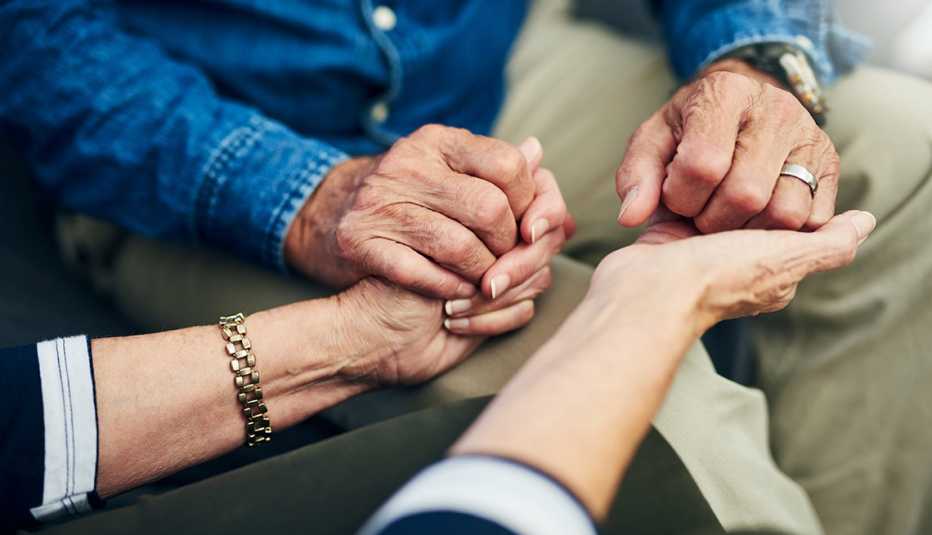Staying Fit


Many Americans who went about daily life before the threat of COVID-19 may feel as if they have suddenly been thrust into a science fiction movie. But for caregivers, especially those who tend to military service members and veterans, heightened anxiety, ambiguity and social distancing are all part of daily life.
In that respect, the present pandemic not only provides an opportunity for civilians to learn from the military-caregiver mindset but also offers them a chance to understand what combat veterans and military families experience with the ongoing uncertainty surrounding their circumstances.


AARP Membership— $12 for your first year when you sign up for Automatic Renewal
Get instant access to members-only products and hundreds of discounts, a free second membership, and a subscription to AARP the Magazine.
"Being a military caregiver or living with a loved one's deployment means living with the knowledge that we can't control the situation,” says Jennifer Mackinday, a program coordinator at the Elizabeth Dole Foundation, spokesperson for the Wounded Warrior Project and caregiver for her brother, James, who was wounded in Iraq in 2005. “Military families have learned how to embrace ambiguity and hold on to what we do know. We also understand that the one thing we can control is how we react and respond."
Add to that the fact that many wounded warriors are already in the heightened-risk category for contracting COVID-19, which puts everyone in the family on edge, especially when a member brings home the common cold.
Injured veterans often undergo multiple surgeries or procedures and treatments that require frequent hospital or doctor visits. They understand what it's like to be constricted in the house, and their caregivers are familiar with the need to be prepared for the unexpected or the sudden inability to leave the home.
"I approach everything as if it's a worst-case scenario, and my brother has lived the worst-case scenario,” says Mackinday. “Most combat vets, especially with hidden injuries like PTSD, have been practicing social distancing for years."
Triggers to past trauma
When resources are scarce and fear and panic exist, past trauma related to the war may be triggered. “Our veterans feel more helpless when they can't get out there and protect everyone, not just their families,” explains Melissa Comeau, a military caregiver, whose husband was injured in Iraq, and the author of Sleeping with the War. "There is a call to service that does not go away with wounds, illness or injury. And this virus is an enemy that you cannot see or fight with a gun.”

































































More From AARP
Families Worry About Loved Ones in Nursing Homes, Assisted Living
Officials continue to bar guests to protect vulnerable residents from coronavirus
Practical Tips for Caregivers Concerned With Coronavirus
How to get prepared, reduce a loved one's exposure to the virus